Hong Kong’s pilot community living room program to improve life for the less privileged has drawn a positive response from residents. The project aims to reduce the city’s chronic housing problem and eventually end the quagmire of subdivided flats. Fang Xue reports in Hong Kong.
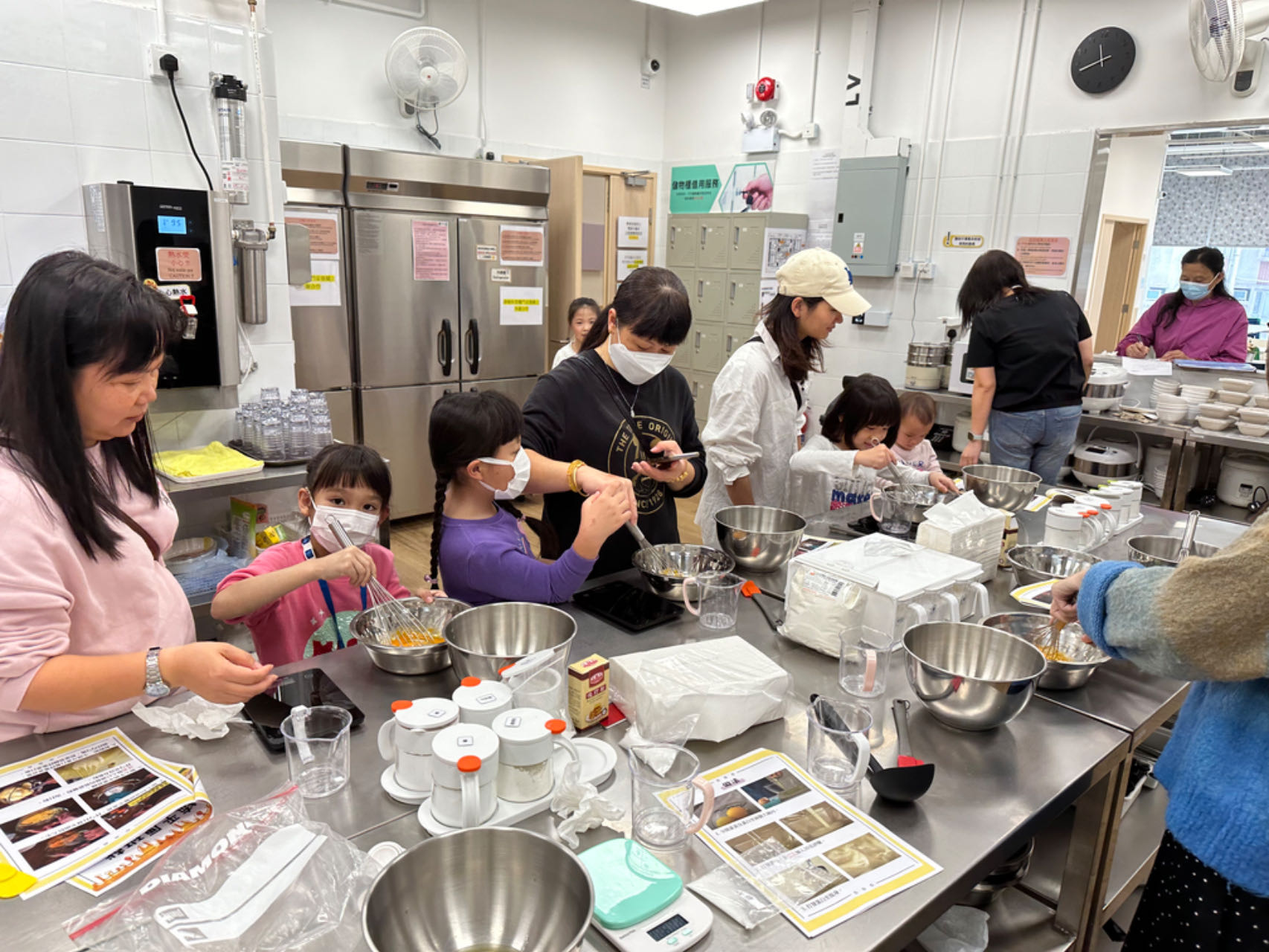
When Huang Kaifeng, 13, and his 10-year-old brother, Kaixuan, stepped into their new home in Hong Kong — a flat of less than 100 square feet (9.29 square meters) on Tai Nan Street, Sham Shui Po District — they were disappointed. They feared their hope of continuing to immerse themselves in the piano’s musical strings might have gone for good.
The brothers and their mother, Zhang Ling, arrived in the special administrative region on a freezing day in January to join Zhang’s husband living in one of the city’s notorious subdivided flats. The family hails from the Chinese mainland’s southwestern province of Yunnan, where Kaifeng and Kaixuan used to engage in their favorite pastime — enjoying free piano lessons from their uncle. However, when they moved, they had to pack everything into a corner because of a lack of space.
I hope I can live in a big house in Hong Kong someday and be able to raise cats, dogs and goldfish, living happily with my family.”
Kaixuan, a 10-year-old boy living in a subdivided flat in Sham Shui Po
Their new cramped home and the family’s meager monthly income of HK$7,000 ($897) — about a quarter of the SAR’s median household income per month — left them struggling to survive until Kaifeng saw a flyer about the city’s Community Living Room program aimed at improving the quality of life of grassroots families. The pilot project, initiated by the SAR government, was launched in Sham Shui Po in December.
READ MORE: Labor chief urges changes to Hong Kong social workers board
Proposed by Chief Executive John Lee Ka-chiu in his 2023 Policy Address, the program is aimed at providing the community a public facility with shared dining rooms, kitchens, and laundry facilities to alleviate the hardships they face in daily life, also as part of measures to solve Hong Kong’s chronic housing problem. According to a government report in 2021, the average floor area per tenant in a subdivided unit was just 65 sq ft — smaller than an individual cell at Stanley Prison. Only 66 percent of these units have their own kitchens. The report said more than 210,000 people, or 2.8 percent of the city’s population, were living in these flats at the time, and the number of such units had grown by 17 percent between 2016 and 2021 — from 92,700 to 108,200.
A survey conducted in 2016 showed that nearly 52 percent of the tenants chose subdivided flats because of the low rents, while 17.4 percent said they wanted to save money. Their average monthly household income was HK$15,310 in 2021, well behind the average of HK$27,650 per family. The median monthly rent for a subdivided unit was about HK$5,000 in 2021, significantly lower than the median monthly rent of HK$12,000 for private flats. The crowded shared flats are seen as transitional living spaces, with more than 48 percent of the tenants still on the waiting list for public housing. The average waiting time for a public housing apartment was 5.7 years as of March.
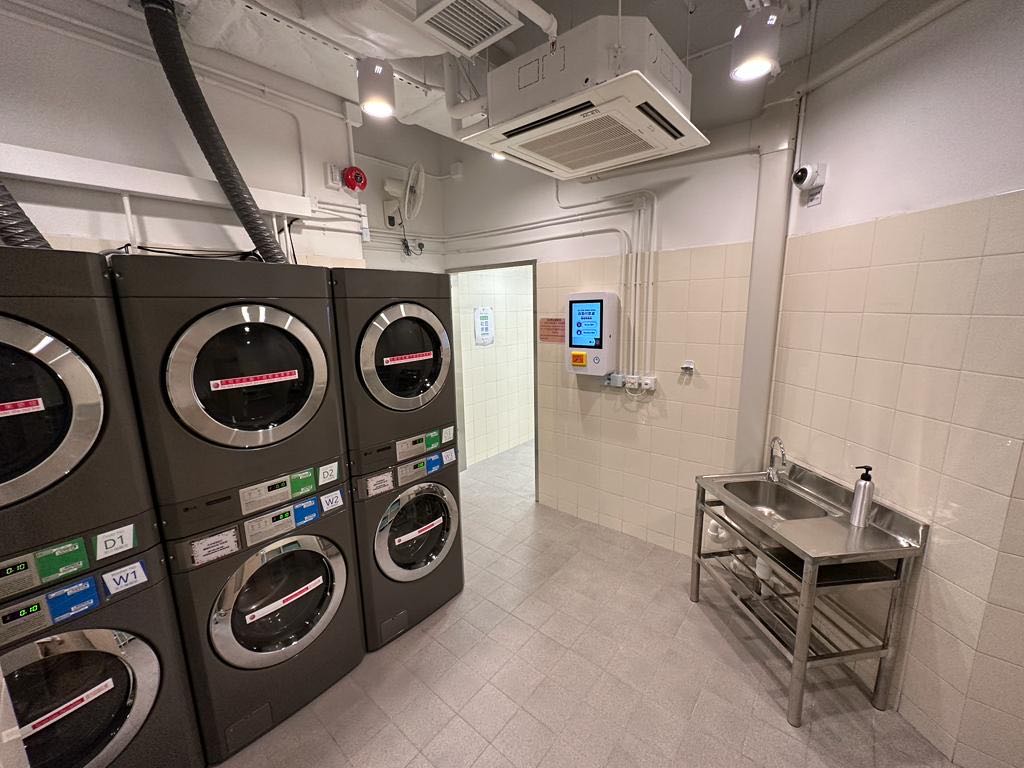
The second home
The first publicly funded Community Living Room project went into service at 188 Fuk Wah Street, Sham Shui Po, on Dec 18. The 8,000-sq-ft facility, provided by property developer Sino Group, has kitchens, laundries, shower rooms and shared spaces for dining, studying and playing, with priority given to tenants of subdivided flats. The government allocated HK$25 million from the Community Care Fund to support the facility’s operation for the first three years, while the Lok Sin Tong Benevolent Society Kowloon — a local charitable organization — is in charge of its operation.
To qualify for a community living room, a tenant must meet three criteria — having lived in a subdivided unit in the same district; a household income of less than 75 percent of the local median household income (HK$30,000 monthly in 2023); and at least one member of the household being a permanent Hong Kong resident. On Feb 9, the eve of Lunar New Year, a banquet of poon choi — a traditional Hong Kong dish with bamboo shoots, pork, seafood and other delicacies in a pot — was held at the facility, and tenants of subdivided flats in Sham Shui Po were invited to celebrate the occasion together.
Zhang took her two sons to the banquet and saw the community living room for the first time. The facility has a large dining room where the banquet was held, with 10 tables, two big-screen televisions and six floor-to-ceiling windows. If the weather is fine, ample sunshine lights up the 800-sq-ft dining area.
“Most subdivided flats don’t have windows and, to them, having some sunshine is a luxury. In designing the facility, we suggested having windows to allow tenants some rays of the sun,” says Alvin Chui, who’s in charge of the facility, which also provides discounted nutritious meals for children at HK$10 each. Free meals are occasionally handed out on weekends.
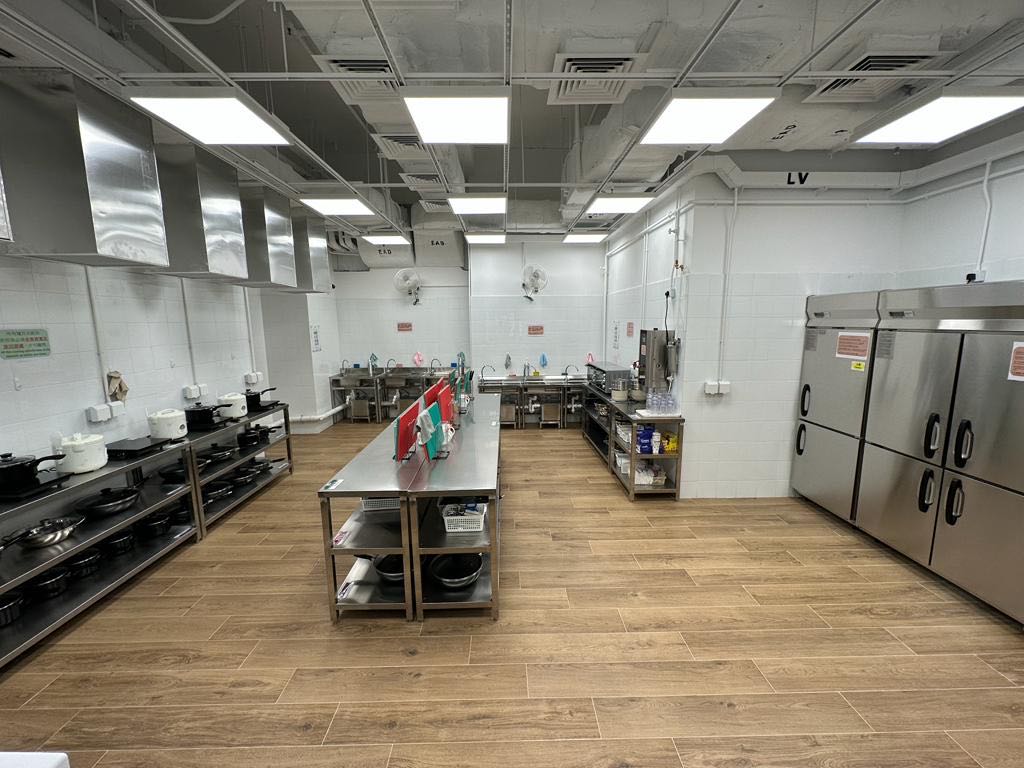
Walking deeper into the dining room leads to an 800-sq-ft kitchen that can accommodate a number of tenants preparing meals at the same time. There are also rice cookers, pots, refrigerators and other kitchen equipment. The shared laundry has three washing machines, three dryers, a toilet and a shower room. Users of the laundry and drying equipment pay HK$8 each time.
Zhang simply said “wow” when she saw the piano room. “I asked social workers if my children could practice playing the piano here. ‘Of course’, they replied,” said Zhang, much to her delight.
Kaifeng was thrilled at being told he and his brother could play the piano again. “Although there are many things in my life that make me unhappy, Mozart’s melodies bring me a sense of calm.”
Each community living room also has a naturally lit living space, enabling users to hold various activities. “Participating in these activities and interacting with others make me feel less lonely. This place is like my second home,” says a 63-year-old Sham Shui Po resident surnamed Fong, who lives alone in the district. Like Zhang’s family, she visited the community living room on Lunar New Year’s eve for the banquet. “I felt sad spending Lunar New Year’s eve alone most of the time. The dinner made me feel like I was with my own family,” says Fong.
The community living room is manned by more than 30 employees, including dozens of full-time staff. Chui himself has taken part in community activities with his family members since childhood. Such experiences have transformed him from an introvert into someone who enjoys interacting with others. “The community truly has had a positive influence on residents’ lives. That’s why I’m committed to community work,” he says.
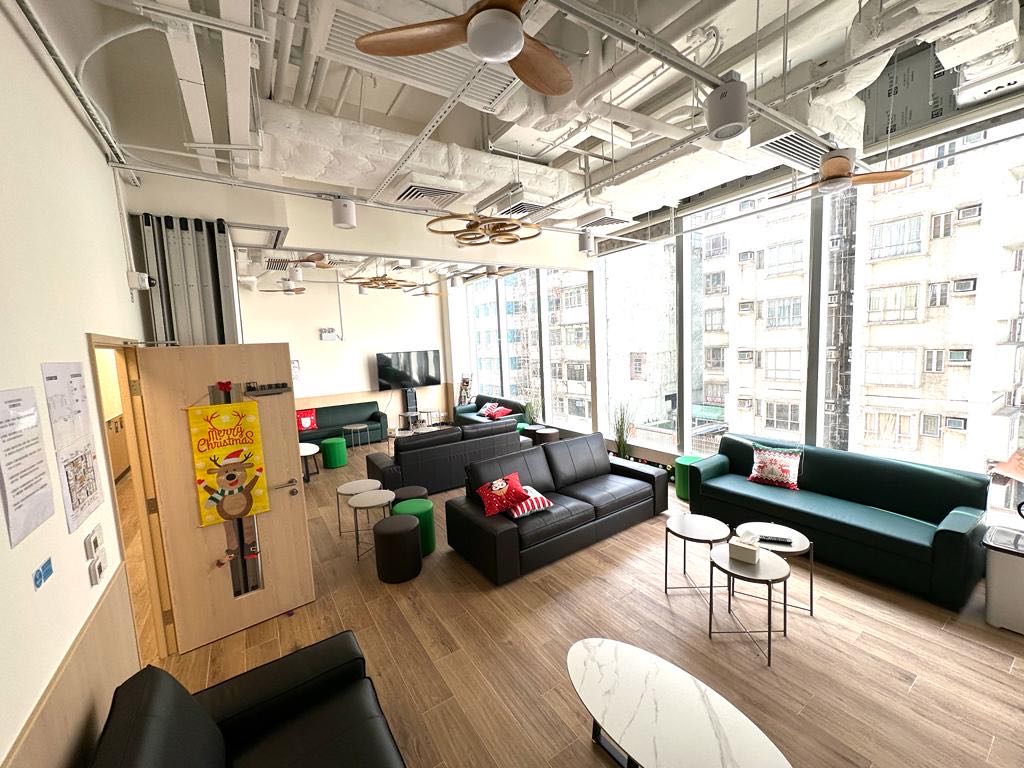
A better life
Professor Yau Yung, from the Department of Sociology and Social Policy at Lingnan University, says the community living room offers basic facilities and affordable services for less privileged families. The lack of such facilities is a big problem that can’t be ignored for those still living in subdivided flats as they are unable to afford commercial laundry services because of the high prices, says Yau. Apart from concerns about hygiene, children growing up in a crowded environment may face ridicule or bullying in schools. The community living room offers affordable laundry and drying services that are crucial for these families.
Yau says he appreciates the facility’s role in strengthening bonds in the community as parents can share their problems with others, which is essential for their mental well-being.
Xia Baolong, director of the Hong Kong and Macao Work Office of the Communist Party of China Central Committee and the Hong Kong and Macao Affairs Office of the State Council, visited the Sham Shui Po community living room during his weeklong inspection tour of the SAR in February. He lauded the project and encouraged Hong Kong to expand it to benefit more residents.
The SAR government will open three more community living rooms — in To Kwa Wan, Hung Hom and Nam Cheong — this year.
Yau says similar facilities should be built, and multimodal community living rooms could be provided later.
There are many other groups, such as the elderly, who may need such community living rooms with special medical equipment and services that belong to them, says Yau. In other words, within a district, there could be multiple community living rooms focusing on various aspects, benefiting more residents.
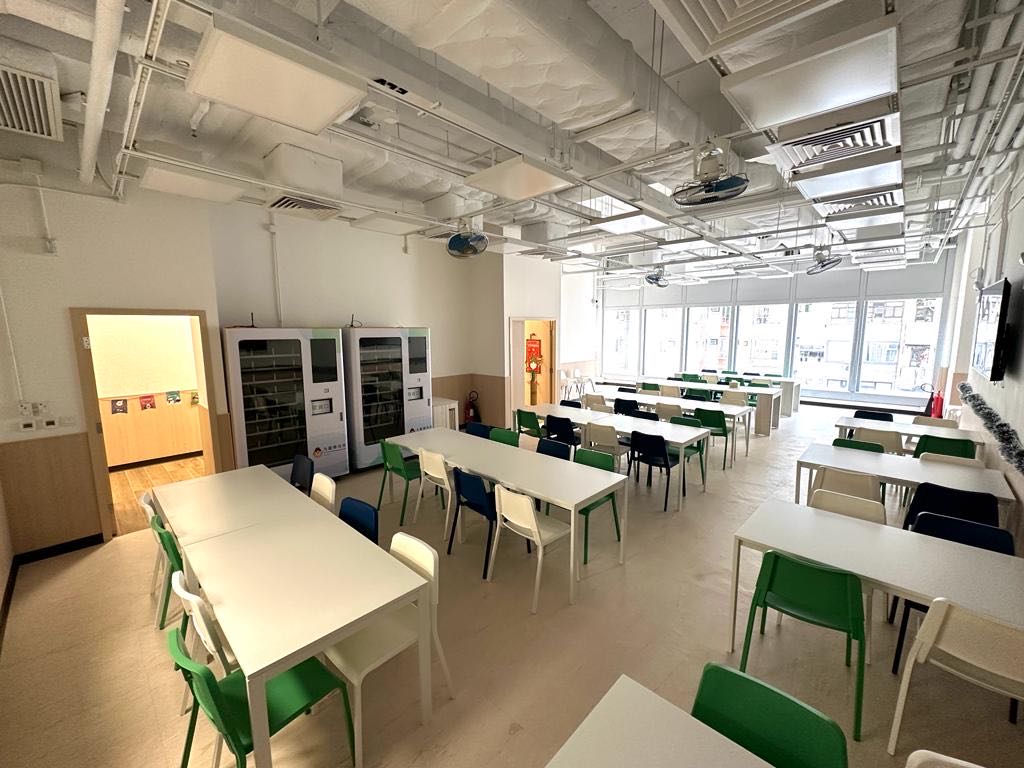
But, the pilot program may face a big challenge of bearing capacity. For example, many users, including students on summer vacation, might use the air-conditioning facility to escape the heat.
To address the fundamental problem of subdivided flats, the SAR government is stepping up construction of public housing units. A further 30,000 light public housing units with standardized designs and a modular integrated construction approach will be completed by 2028, providing additional transitional living spaces for people on the public housing waiting list and reducing the demand for subdivided flats.
ALSO READ: Enjoying family life in Hong Kong's 1st community living room
A task force led by senior government officials is working on setting minimum living standards for residents, including improved living spaces, fire safety and hygiene conditions, in an attempt to gradually phase out subdivided flats in Hong Kong. In his July 1 article, Chief Executive Lee said the government aims to address the longstanding problem in an orderly manner.
Before discovering the community living room, the younger brother Kaixuan had always sobbed in their tight flat but never told anybody why, which disturbed his mother a lot. But now, his mood has improved considerably, and he feels happy and confident telling his mother and brother what is happening at school, while on his way to the community living room to savor sunshine and Mozart’s melodies on the piano.
He has even started to dream about the future. “I hope I can live in a big house in Hong Kong someday and be able to raise cats, dogs and goldfish, living happily with my family.”
Contact the writer at fangxue@chinadailyhk.com


